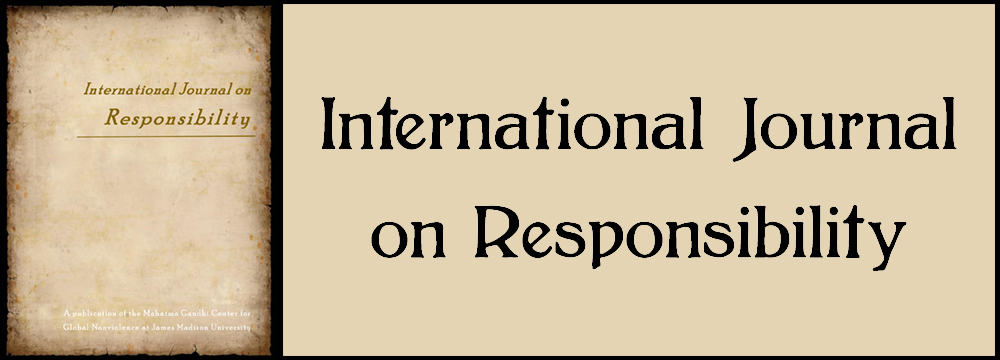
Abstract
Clinical termination is an important aspect of the therapeutic process, yet one that is largely underrepresented in literature across various helping professions. In this article, termination is defined, distinct types of clinical termination are outlined (e.g., clinician-initiated, client-initiated, and forced), and differences in the impact of termination based upon the termination source (unilateral versus mutual agreement) are explored. Further, various reasons for clinical termination are outlined, and the impact of termination on both clients and clinicians are discussed. A case study is presented to illustrate potential ethical considerations associated with the termination process. Finally, clinical responsibility is discussed in order to empower helping professionals to translate ethical guidelines into meaningful and responsible practice.
Recommended Citation
Schnyders, Christina M. and Bruns, Kristin
(2019)
"Therapeutic Termination: Translating Clinical Responsibility into Ethically-Informed Practice,"
International Journal on Responsibility: Vol. 3:
Iss.
2, Article 5.
DOI: https://doi.org/10.62365/2576-0955.1035
Available at:
https://commons.lib.jmu.edu/ijr/vol3/iss2/5
DOI
10.62365/2576-0955.1035
Creative Commons License

This work is licensed under a Creative Commons Attribution-NonCommercial-No Derivative Works 4.0 International License.


